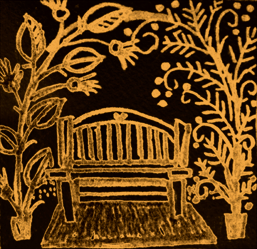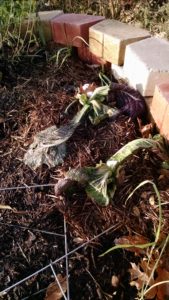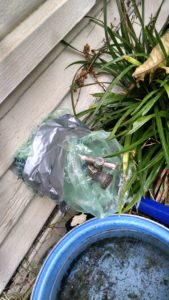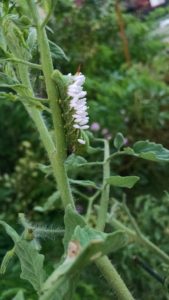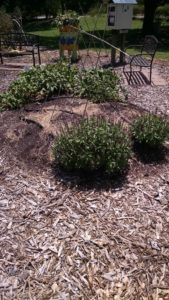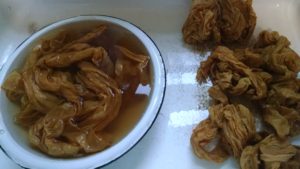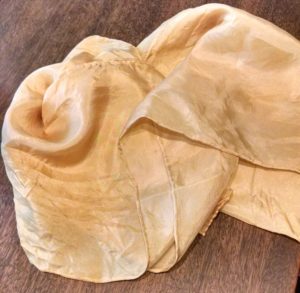Just last week, between rain events, my daughter and I planted about 250 sq. ft. of garden area for a client. Since the client didn’t see having time for vegetables this year, she requested ornamentals – plants that would bloom and need little maintenance.
Natives! Are my favorite go-to for that. The configuration includes two large beds, each 10×13 feet, and includes large sage, oregano, rosemary and marjoram bushes, along with some incredibly invasive mint and a couple of milkweeds.

What did we plant? Since most of the garden has good sun exposure, we chose mostly sun-loving plants like day lilies, Mexican dwarf petunias, blue mistflower, and salvias. I love mixing day lilies with Mexican feather grass because when the day lilies die back in the winter, the feather grass is there with texture. The Mexican dwarf petunias make a good front ground with dark evergreen leaves and lovely purple flowers.
Another cluster included Blue Victoria salvias. The bees certainly found those when we were laying out the plants for positioning. In fact, we talked to the bees and worked among them when we planted the Salvias.
The milkweeds joined a previous cluster of the same, but different varieties. And the mistflowers anchored another corner. Another cluster was a mix of gray, fuzzy lamb’s ears paired with purple heart. Lovely contrast, nestled next to the gray sage.
Zinnias and marigolds were sprinkled about, along with some basil for contrast.
It’ll be fun to go back in a month or so to see how it has filled out.
Along about the end of October, I’ll go in and clean out the die-backs and put in some bulbs for early spring color.
